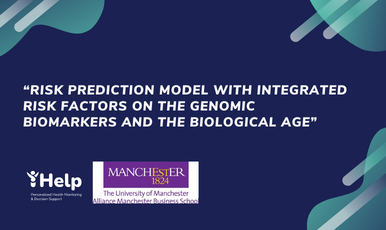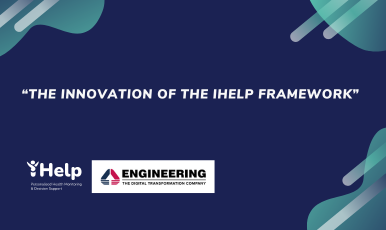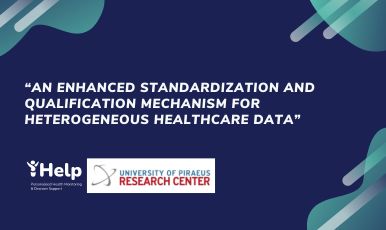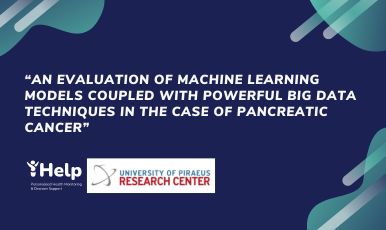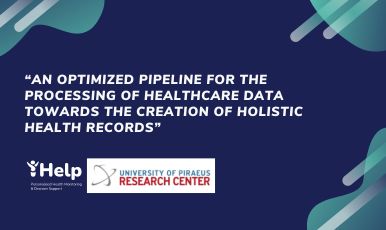Pancreatic cancer is the 7th leading cause of cancer-related mortality and the 12th most common cancer globally. Many studies have discovered risk factors for pancreatic cancer, nevertheless, there hasn’t been a comprehensively built risk factor model for UK specific population. Due to the high incidence with a poor survival rate together with the potential high preventable rate, it is important to establish an accessible and precise predictive risk factor model for defining potential high-risk populations.
Within the iHelp project, the University of Manchester will establish a pancreatic cancer risk prediction model by integrating the current known risk factors with the genomic biomarkers and the biological age. We will use publically available large-scale data. Initially, we will calculate the polygenic risk score (PRS) to evaluate the risk for genetic predisposition. The predictive accuracy of models will be assessed with the area under the ROC curve (AUROC). Next, we will compute biological clocks to build the predictive biological age model. Last, we will utilise the multivariate logistic regression models to establish a novel risk model by integrating the well-known risk factors such as cigarette smoking, heavy alcohol consumption, increased BMI, chronic pancreatitis, diabetics, some germline mutation, and our new evaluated PRS and biological clocks.
This novel integrated model will be useful to identify at-risk population. We will then implement the iHelp platform in monitoring risk mitigation. We will follow up our at risk participants for 6 months. The iHelp platform will allow personalised risk communication, mitigation plan, and lastly virtual interaction with participants.

